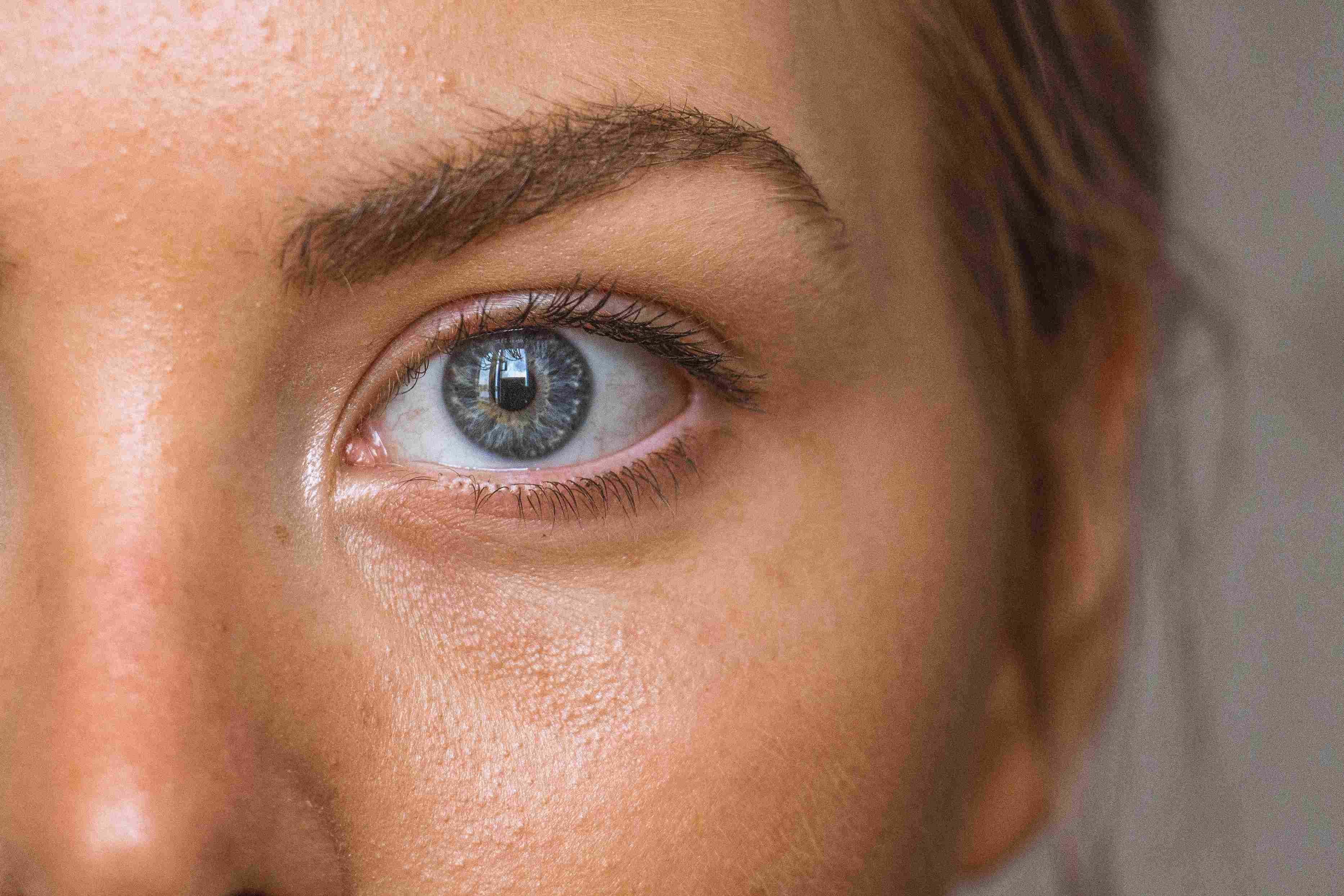What is age-related macular degeneration (AMD)?
Age-related macular degeneration (AMD) is a common condition that affects people over the age of 50. It is the leading cause of vision loss in older people. Individuals with AMD are not completely blind, but they are losing their central vision, making it difficult for them to see faces, read, drive, or do close-up work around the house such as cooking or fixing things. Individuals suffering from AMD are unable to see fine details, whether they are looking at something close or far away.
AMD progresses slowly in some people and quickly in others. AMD is a type of eye disease that causes blurring of the central vision of the eyes due to damage to the macula. The macula is a part of the retina that controls sharp, straight, and ahead vision.
Types of AMD
There are two types of AMD:
Dry AMD
The most common type of AMD, accounting for approximately 80% of all AMD. Dry AMD occurs when parts of the macula thin with age and tiny clumps of protein known as drusen form.
Wet AMD
A less common type of late AMD known as advance neovascular AMD causes faster vision loss. Wet AMD can develop at any stage of dry AMD, but it is always the late stage of AMD. It occurs when abnormal blood vessels develop in the back of the eye, causing damage to the macula. The good news is that there are treatment options for wet AMD.

Stages of AMD
Early dry AMD causes no symptoms.
Some people with intermediate dry AMD still have no symptoms. Others may experience mild symptoms such as mild blurriness in their central vision or difficulty seeing in low light.
Many people who have late AMD (both wet and dry type) have noticed that straight lines become wavy or crooked. People may also notice a blurry area near the center of their vision. This blurry vision may worsen over time, and people may notice blank spots.
Treatment for AMD
There is currently no treatment that can help AMD in its early stages. Individuals with a lot of drusen or severe vision loss, on the other hand, may benefit from a specific combination of nutritional supplements based on the National Eye Institute's (NEI) AREDS and AREDS 2 eye surveys (Age-Related Eye Disease Studies). Vitamins like C and E, as well as lutein and zeaxanthin, zinc, and copper.
Aside from that, the eye doctor will usually schedule follow-up appointments to monitor/track how the eyes are doing with regular eye exams. Consuming healthy foods, getting regular exercise, and quit smoking can all help prevent and improve eye problems.
In the advanced stages of AMD, an eye doctor will consult with individuals about the necessary treatment to slow the progression of the eye problem.
References
1. National Eye Institute (NEI). Age related macular degeneration (AMD). https://www.nei.nih.gov/learn-about-eye-health/eye-conditions-and-diseases/age-related-macular-degeneration (Retrieved on January 5, 2023).
2. American Academy of Ophtalmology (AAO). What is macular degeneration? https://www.aao.org/eye-health/diseases/amd-macular-degeneration (Retrieved on January 5, 2023).
3. National Health Services (NHS, UK). What is AMD? https://www.nhs.uk/conditions/age-related-macular-degeneration-amd/ (Retrieved on January 5, 2023).




